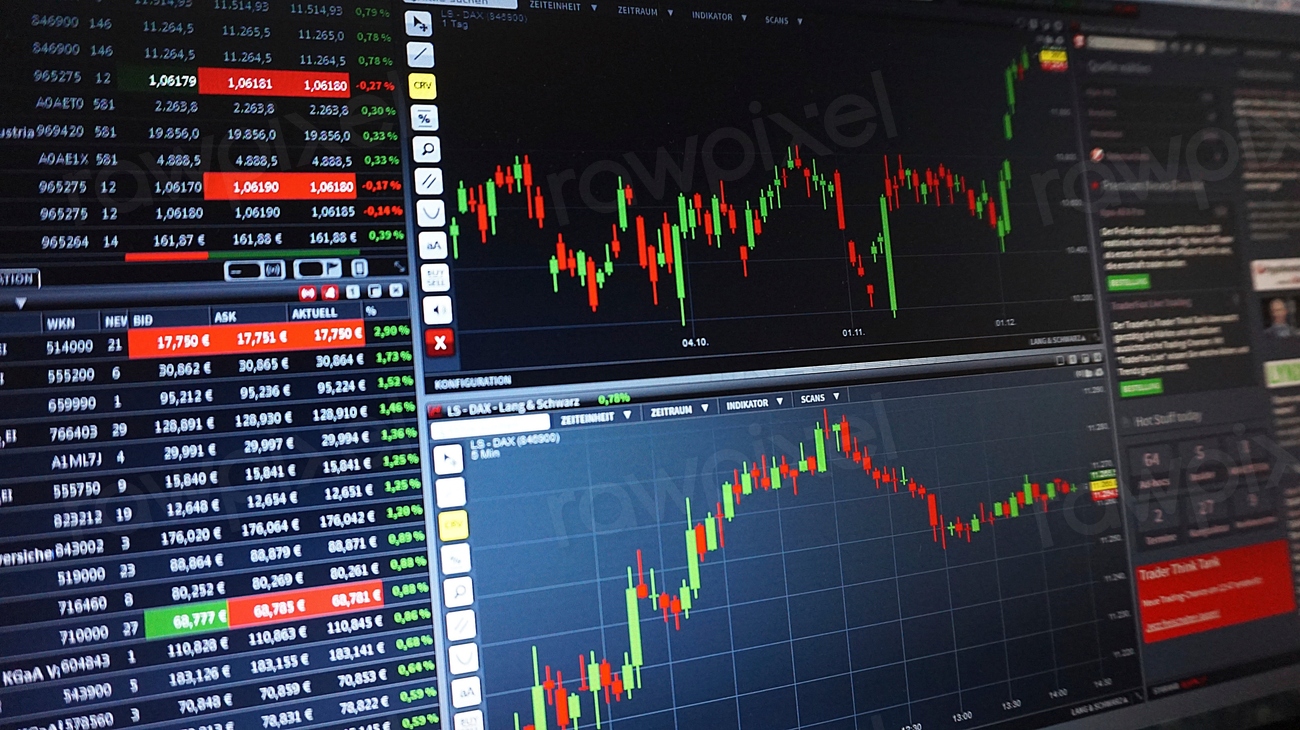Are you a new investor looking to dip your toes into the stock market? Exchange-traded funds (ETFs) can be an excellent entry point for beginners. They offer a cost-effective and diversified way to invest in the stock market. In this comprehensive guide, we will explore the best ETF opportunities for beginners and provide you with the necessary information to kickstart your investment journey.
Why Choose ETFs for Beginners?
ETFs are a popular choice for beginners due to their affordability and lower risk compared to individual stocks. Unlike stocks, which represent ownership in a single company, ETFs hold a diversified collection of investments, such as stocks, bonds, commodities, or a combination of these. By investing in ETFs, you gain exposure to a broad range of assets, reducing the risk associated with investing in individual companies.
Another advantage of ETFs is their expense ratio, which is the annual fee you pay to own the fund. Generally, ETFs have lower expense ratios compared to mutual funds, making them more cost-effective for long-term investments. The lower the expense ratio, the more of your returns you get to keep.
Best ETFs for Beginners
As a beginner, it’s wise to start by investing in ETFs that track broad market indexes, such as the S&P 500. These indexes represent a collection of the largest companies in the country and offer the potential for long-term returns. To help you get started, here are some of the best ETFs for beginners as of January 2024:
| Ticker | Fund Name | 5-Year Return |
|---|---|---|
| SMH | VanEck Semiconductor ETF | 33.31% |
| SOXX | iShares Semiconductor ETF | 31.31% |
| XLK | Technology Select Sector SPDR Fund | 26.98% |
| IYW | iShares U.S. Technology ETF | 26.04% |
| FTEC | Fidelity MSCI Information Technology Index ETF | 25.28% |
It’s important to note that past performance is not indicative of future results. However, considering the historical performance of these ETFs can provide insights into their potential for long-term growth.
Types of ETFs for Diversification
There are various types of ETFs available in the market, each offering exposure to different assets and markets. By including different sectors and types of investments within your portfolio, you can diversify your assets and reduce risk. Here are some of the common types of ETFs you may consider including in your investment portfolio:
1. Stock ETFs
Stock ETFs track a specific stock market index or sector, offering investors exposure to a diverse range of stocks. They can focus on a particular market segment, such as technology, healthcare, or energy, allowing you to invest in a specific industry or theme.
2. Bond ETFs
Bond ETFs invest in fixed-income securities, such as government bonds, corporate bonds, or municipal bonds. They provide investors with income through regular interest payments and can be a valuable addition to a well-diversified portfolio.
3. Specialty ETFs
Specialty ETFs focus on niche areas or specific investment strategies. They can include ETFs that invest in commodities, real estate, alternative energy, or even specific countries or regions. These ETFs offer opportunities for investors looking to target specific sectors or themes.
4. Sustainable ETFs
Sustainable or ESG (Environmental, Social, and Governance) ETFs invest in companies that meet certain environmental, social, and governance criteria. These ETFs align with investors’ values and provide exposure to companies committed to sustainable practices.
5. Commodity ETFs
Commodity ETFs track the price of commodities, such as gold, silver, oil, or agricultural products. They allow investors to gain exposure to commodity markets without the need for physical ownership or futures contracts.
6. Factor ETFs
Factor ETFs focus on specific investment factors, such as value, growth, momentum, or low volatility. These ETFs aim to capture the performance of stocks that exhibit certain characteristics and can be used to implement different investment strategies.
7. Currency ETFs
Currency ETFs track the value of foreign currencies relative to the investor’s base currency. These ETFs can be used to hedge against currency risk or speculate on currency movements.
When incorporating different types of ETFs into your portfolio, it is essential to evaluate your financial plan, investment goals, and risk tolerance. Diversification helps mitigate risk by spreading investments across various assets and sectors.
How to Buy an ETF
Now that you have a better understanding of ETFs and their potential benefits, let’s explore how you can buy an ETF as a beginner investor. It involves a few simple steps:
1. Open a Brokerage Account
To buy and sell ETFs, you’ll need a brokerage account. Many online brokerages offer low-cost or even commission-free trading options. Opening a brokerage account is similar to opening a bank account and can be done online. If you prefer a more hands-off approach, you can also consider opening an account with a robo-advisor, which will manage your investments for a small annual fee.
2. Research and Compare ETFs
Once you have a brokerage account, it’s time to research and compare different ETFs. Most online brokers provide screening tools to filter ETFs based on various criteria, such as expense ratios, commissions, volume, holdings, and performance. Consider your investment goals, risk tolerance, and the specific criteria that matter most to you when selecting ETFs.
3. Place the Trade
After identifying the ETFs you want to invest in, navigate to the trading section of your brokerage’s website. Enter the ETF’s ticker symbol, specify the number of shares you wish to buy, and select the order type (e.g., market order or limit order). Review the details of your order before executing the trade.
4. Monitor and Review
Once you’ve bought your ETFs, it’s important to monitor their performance periodically. However, avoid obsessively checking the market every day, as long-term investing is the key to success. You can review your investments through your brokerage account or by using online tools and resources.
Frequently Asked Questions
Q: How is an ETF different from a stock?
A: ETFs represent a collection of investments, while stocks represent ownership in a single company. By investing in ETFs, you gain exposure to multiple assets, reducing the risk associated with investing in individual stocks.
Q: Are ETFs safer than stocks?
A: ETFs can be considered safer than individual stocks due to their diversification. If one or two stocks within an ETF perform poorly, the other holdings can offset those losses.
Q: Are ETFs good for beginners?
A: Yes, ETFs are an excellent choice for beginners. They offer diversification, affordability, and lower risk compared to individual stocks. Robo-advisors also use ETFs in their curated portfolios, making them accessible to novice investors.
Conclusion
As a beginner investor, ETFs can be a fantastic opportunity to enter the stock market. They provide diversification, affordability, and exposure to various assets and sectors. By following the steps outlined in this guide, you can confidently select and invest in the best ETFs for your investment goals. Remember to conduct thorough research, evaluate your risk tolerance, and regularly review your portfolio to ensure it aligns with your long-term financial objectives. Happy investing!
Additional Information:
- It’s important to conduct thorough research and seek professional advice before making any investment decisions.
- Past performance is not indicative of future results.
- Investing in ETFs involves market risk, including the potential loss of principal.
- This article does not constitute financial advice.






